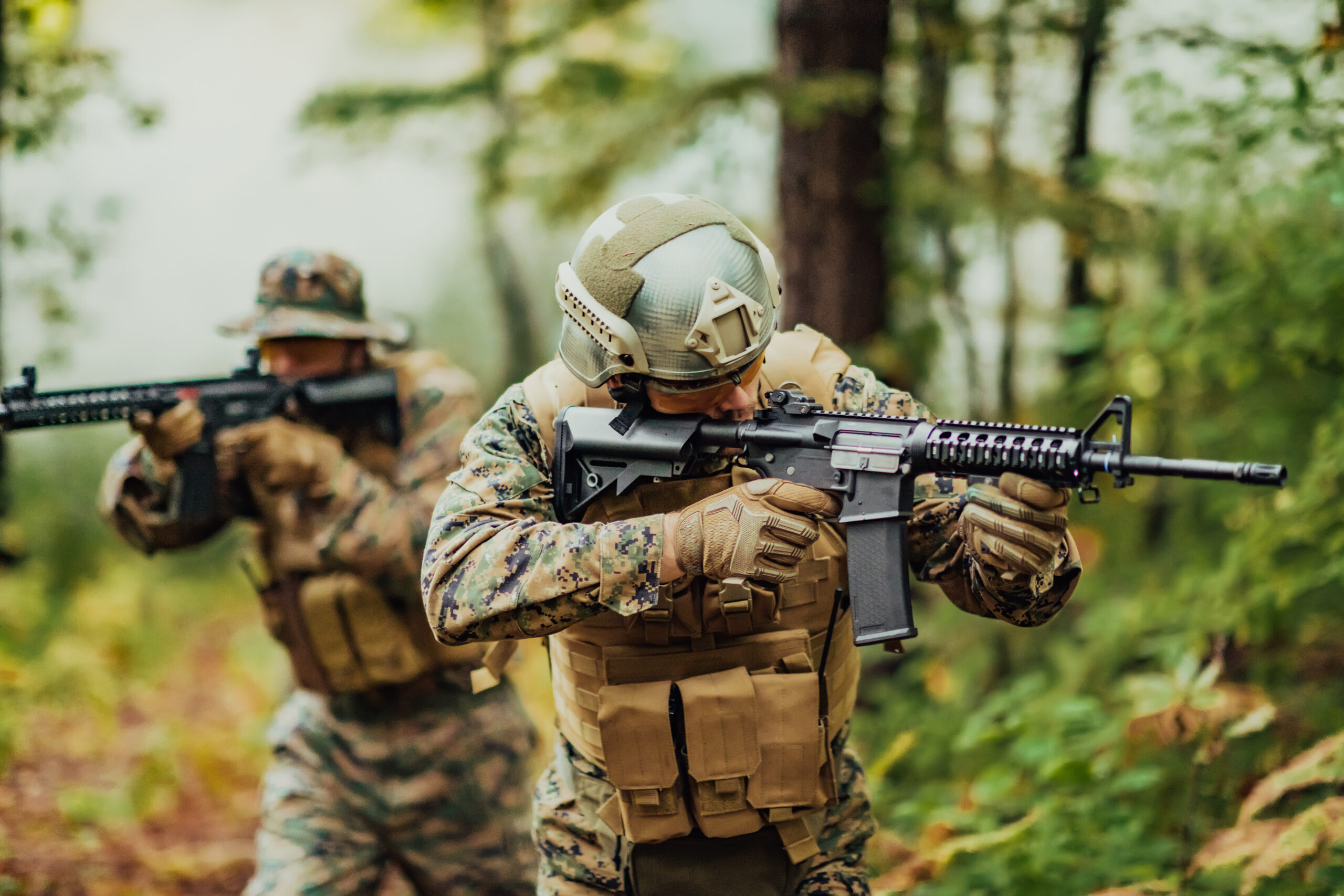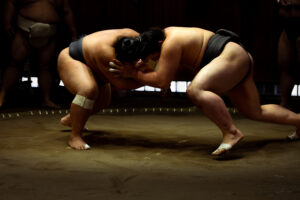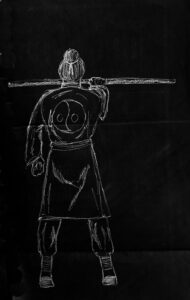In the dynamic world of recreational sports, airsoft holds a unique position, merging the thrill of tactical gameplay with the nuances of military simulation. At the heart of this sport’s inception and growth lies Japan, a nation that pioneered the invention of airsoft and propelled it onto the global stage. From its early development to its current status as a beloved hobby worldwide, Japan’s contributions to airsoft’s evolution are both profound and pivotal. This article delves into Japan’s pioneering role, exploring the genesis of airsoft, the key figures behind its invention, its cultural impact, and the technological advancements that have shaped the sport over the years.
1. The Birth of Airsoft: A Japanese Innovation
The genesis of airsoft traces back to Japan in the 1970s, a period when the country’s stringent gun control laws inspired a novel form of recreational activity. Seeking an alternative to real firearms that could legally provide a shooting experience, Japanese innovators developed the first airsoft guns, which fired plastic pellets via air pressure. This invention was not only a workaround to strict regulations but also a response to a growing interest in military simulation and survival games among Japanese enthusiasts. The birth of airsoft in Japan laid the foundation for a new sport that emphasized strategy, teamwork, and marksmanship, without the lethal consequences associated with real firearms.
2. Unveiling the Pioneers: Key Figures in Airsoft’s Invention
Behind the invention of airsoft were visionary individuals and companies who foresaw the potential of this sport. Ichiro Nagata, a notable figure in the airsoft community, played a significant role in the development and popularization of airsoft guns. Companies like Tokyo Marui, with their introduction of the electric airsoft gun (AEG) in the early 1990s, revolutionized the industry by offering a reliable and rechargeable platform for airsoft enthusiasts. These pioneers combined innovative engineering with a keen understanding of their target audience, setting the stage for the global expansion of airsoft.
3. The Evolution of Airsoft Guns: From Concept to Reality
The transformation of airsoft guns from simple spring-powered models to sophisticated electric and gas-powered platforms mirrors the sport’s evolution. Initially, airsoft guns were basic, manually-operated devices designed for target shooting. The invention of the Automatic Electric Gun (AEG) by Tokyo Marui represented a quantum leap, incorporating battery power to simulate the automatic fire of real firearms. This innovation not only enhanced the realism of airsoft skirmishes but also introduced a new level of strategy and gameplay dynamics. Over the years, advancements in materials and technology have allowed for more accurate, reliable, and powerful airsoft guns, further cementing the sport’s appeal.
4. Japan’s Legal Framework: Nurturing the Airsoft Industry
Japan’s approach to regulating airsoft has been instrumental in the sport’s development and safety standards. The country’s laws differentiate airsoft guns from real firearms, categorizing them as toys but imposing strict regulations on their power output to ensure public safety. This legal framework has fostered a safe and controlled environment for airsoft, encouraging innovation while ensuring that airsoft guns cannot be easily modified for lethal use. By setting clear guidelines, Japan has not only protected its citizens but also nurtured a flourishing airsoft industry, setting a benchmark for other countries to follow.
5. Exploring the Cultural Impact of Airsoft in Japan
Airsoft has left an indelible mark on Japanese culture, influencing everything from entertainment to fashion. The sport’s emphasis on strategy, honor, and teamwork resonates with traditional Japanese values, making it a popular pastime. Airsoft fields and indoor arenas across Japan offer enthusiasts a variety of environments for tactical gameplay, from dense forests to urban settings. Moreover, the sport has inspired a niche within Japanese media, including movies, television shows, and manga, that explores its themes and aesthetics. The cultural integration of airsoft in Japan speaks volumes about its significance beyond just a recreational activity.
6. Airsoft’s Global Journey: How Japan Led the Charge
Japan’s pioneering role in the invention and development of airsoft has had a ripple effect across the globe. The export of Japanese airsoft technology and equipment in the late 20th century marked the beginning of international interest in the sport. Countries across Europe, North America, and Asia embraced airsoft, adapting it to their own legal and cultural contexts. International competitions and events further cemented airsoft’s status as a global sport, with Japan often leading the way in innovation and community building. The international proliferation of airsoft is a testament to Japan’s enduring legacy and leadership in the world of tactical recreational sports.
From its humble beginnings in Japan to its status as a globally recognized sport, airsoft has traversed a remarkable journey, fueled by innovation, community, and an unwavering spirit of adventure. Japan’s pioneering role in the invention and development of airsoft is a story of creativity overcoming constraints, of a sport that transcends borders, and of a community that continues to grow and evolve. As airsoft marches into the future, the contributions of Japan’s innovators, companies, and enthusiasts will remain at its core, ensuring that the legacy of Japanese ingenuity continues to shape and inspire the world of airsoft for generations to come.








